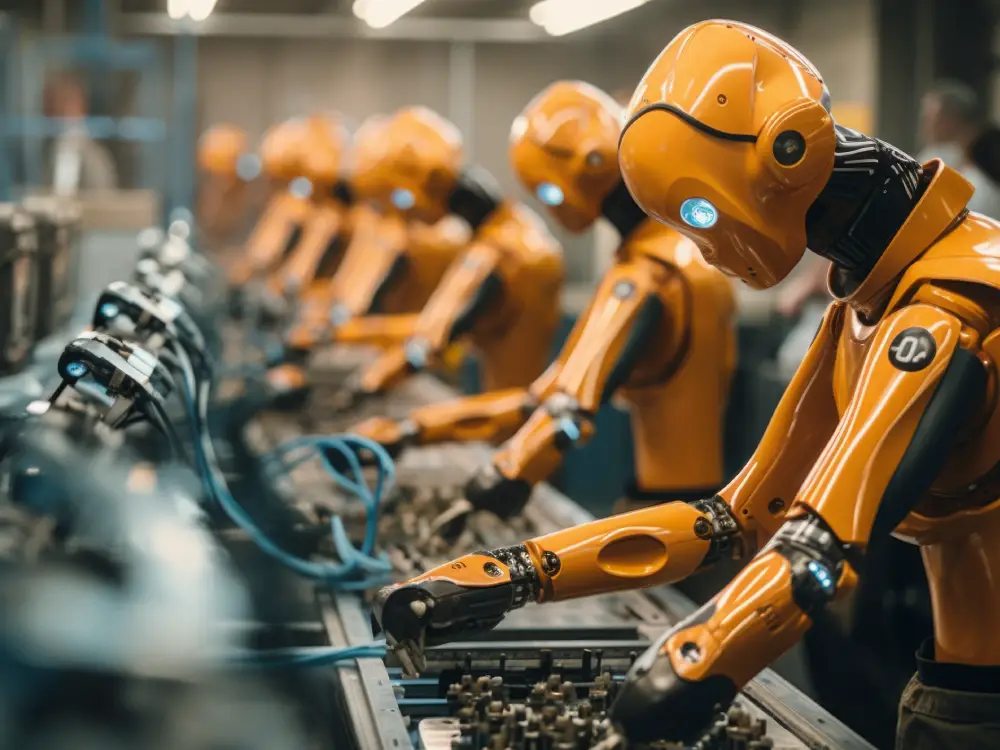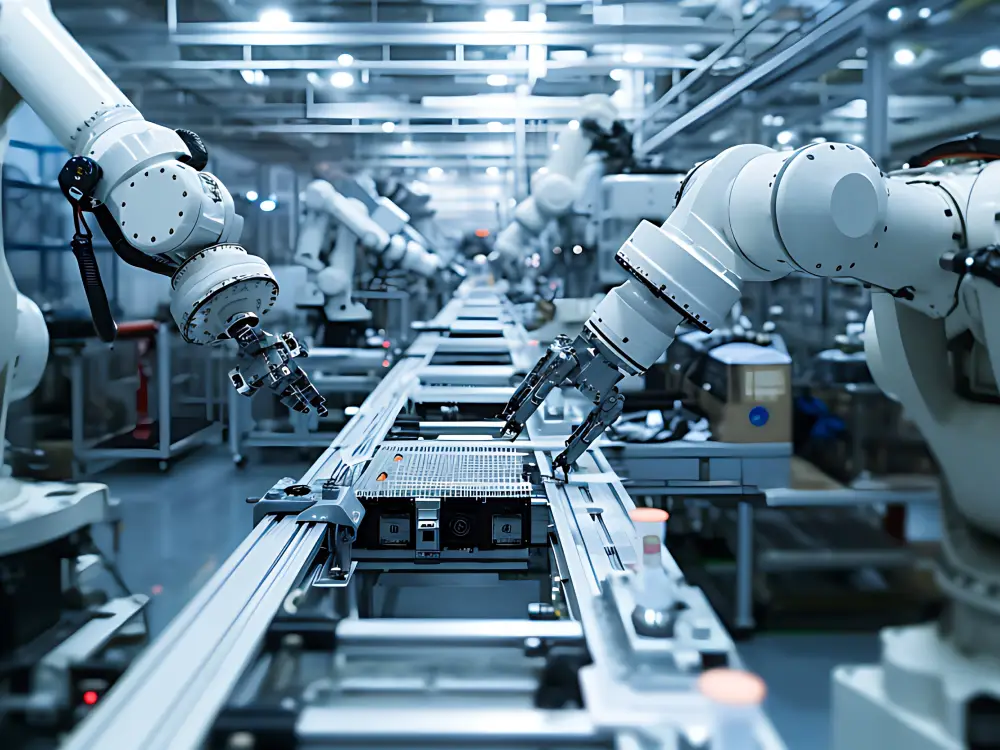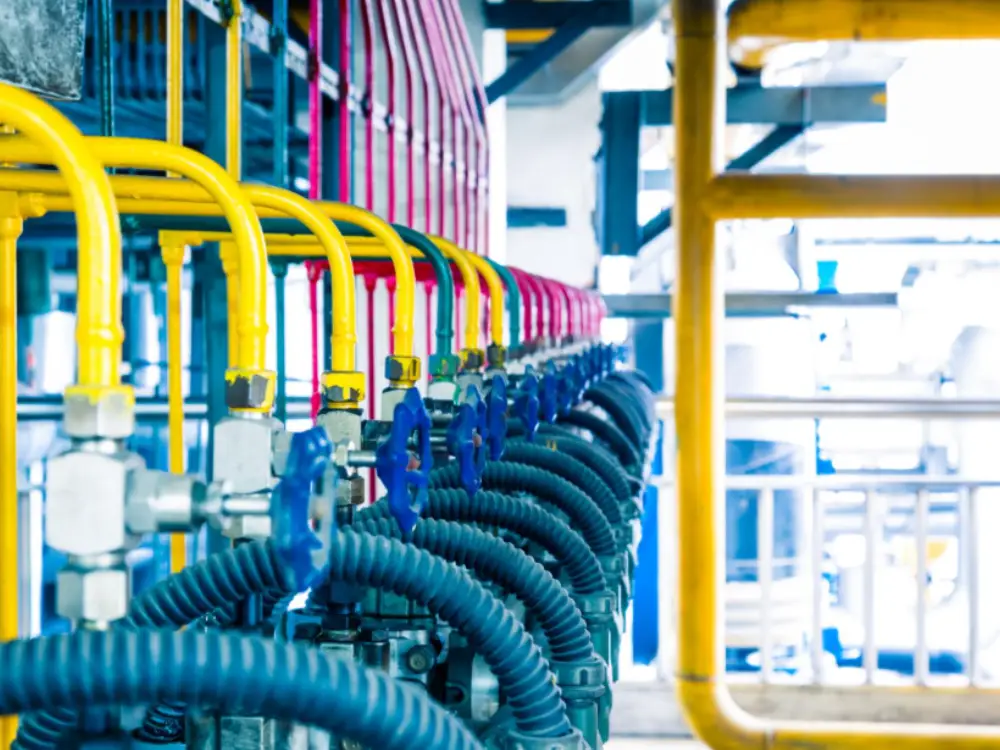For a long time, people have believed that civil engineering is the most important part of development. It changes empty lots into busy industrial centres, links operations with smart infrastructure, and keeps all industries growing over the long term.
Now, though, industrial engineering is about more than just building strong buildings. It’s also about using solutions that last, making operations smarter, and keeping up with the rapid changes that are happening in today’s industries.
Civil engineering is changing the way we live, move, and grow without making a big deal about it. It is making cities smarter, building things digitally, and making infrastructure that can handle climate change.
The Quiet Power That Makes Every City Work
From the big factories and assembly lines to the warehouses and processing plants, every part of an industrial zone has a story to tell. A story that engineers who work in factories made and shaped.
You can go to any industrial centre, which has big factories, processing lines, warehouses, and power plants. An industrial engineer made up a story for each one.
They are the people who build modern life without us seeing them. They make sure that the industry we depend on is safe, useful, and long-lasting.
What is new today is the nature of civil engineering. It’s not just about making things and designing them anymore. It’s all about making whole industrial ecosystems better. Innovation, sustainability, and teamwork are all parts of this job.
Finding the right balance between speed and safety, efficiency and quality, and innovation and reliability is what civil engineering is all about now.
Civil engineers are the only people who can make sure that every new building, from roads and bridges to factories, works well and is built with the future in mind.
Change Driven by Technology: From Plans to Digital Twins
Technology has changed every part of how civil engineers plan, design, and build things. It all started with a sketch pad, but now it starts with Building Information Modelling (BIM), which uses smart 3D models to bring a building to life long before it is built.
VR and AR go even further. By letting teams see and analyse a project in a virtual environment, they can find and fix problems before any physical work begins. When combined with analytics, it becomes a powerful way to make decisions more quickly, with fewer changes, and at a lower cost.
Engineers can now figure out how a building will behave in the real world. This helps them find problems early and make designs better. What took place? In an industry where timing and accuracy are everything, it’s important to make fewer mistakes, stick to deadlines, manage assets better, and be more open.
Building Green: Making the Switch to Long-Lasting Infrastructure
Sustainability is now the most important rule for modern engineering.
Civil engineers are at the forefront of finding ways to balance progress with care as the world works to lower carbon footprints and protect resources.
New materials like green concrete, fly ash-based composites, and recycled aggregates are cutting down on emissions without making things weaker. Big projects now always include energy-efficient designs, stations for collecting rainwater, and facilities for recycling wastewater.
The way factories are built is also changing. New ideas like smart manufacturing systems and energy-efficient plants show how new ideas and long-term thinking can work together. The way factories are built is also changing. For example, energy-efficient plants and smart automation show how progress and sustainability can work together.
The question for both city and industrial developers is simple: how can they make infrastructure that can handle more demands without hurting the environment?
And civil engineering gives the answer through data-driven design, smarter materials, and a long-term approach to resilience.
Resilient Cities: Making Plans for a Changing World
Urban growth is happening faster, and so is the stress it puts on things like traffic jams and the effects of climate change getting worse.
Civil engineers are in charge of building cities and making them strong.
That means making earthquake-proof foundations, storm drains, flood control systems, and modular infrastructure that can be changed to fit future needs.
It also means changing how we think about transport by making road networks, metro systems, and pedestrian areas that are more efficient and cut down on pollution and traffic.
Civil engineers are the people who make sure that every building in a city is safe and stable.
Cities will be able to grow in the future thanks to resilient engineering. This is because it will be possible to make systems that can change, adapt, and recover.
Infrastructure for Business and Growth
Outside of cities, civil engineering helps businesses and the economy grow.
Civil design is the first step in building all the places that make trade possible, such as factories, refineries, power plants, and transportation hubs.
Safety, efficiency, and the ability to grow are the most important things here. Industrial infrastructure needs to be able to handle a lot of use and be able to change to new technologies.
Civil engineers are important for making sure that businesses can grow without stopping. They do things like making sure buildings are safe in bad weather and designing site layouts that make the most of the work flow.
As industries move towards smart manufacturing and automation, industrial civil projects are becoming more difficult. Now they include digital planning, keeping an eye on things in real time, and using resources in a way that is good for the environment.
The Human Side of Engineering
Even though AR, VR, and digital tools have changed a lot in civil engineering, it is still very much a people-oriented field.
People are working together to build every building. Planners, designers, contractors, and customers are all part of this group. Technology can help them do their jobs better, but it’s their ability to work together that brings ideas to life.
Every project works because of trust. It’s the difference between what the client wants and what the engineer can do. Civil engineers take on that job with purpose and honesty, balancing creativity with responsibility and using tools like AR/VR to make sure everyone is on the same page and feels good about it.
Engineering is about fixing problems and making the world better for the future. Every bridge that connects people, every power plant that powers progress, and every building that stands out against the skyline show how creative people are and how far we’ve come. Teamwork is what made it possible.
Building the Future
Civil engineering is at a turning point. Urbanisation, sustainability, and digital transformation will change every part of infrastructure over the next ten years. We will need both new ideas and a sense of responsibility.
Engineers will need to do more than just draw up plans. They will need to include AI, goals for sustainability, and the principles of resilient design in every project.
We will see smarter materials, construction methods that are better for the environment, and data-driven insights that make infrastructure more adaptable than ever.
But the goal is still the same, no matter how much technology there is: to build for people, to build responsibly, and to build for future generations.
Every building has a story to tell about having a vision, working together, and being brave enough to dream about things that haven’t happened yet. And that story will go on as civil engineering makes the world a better, stronger, and more resilient place.







